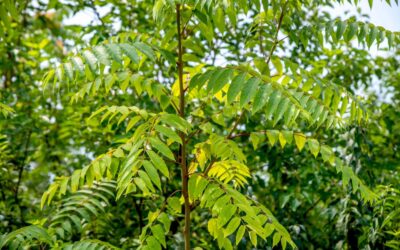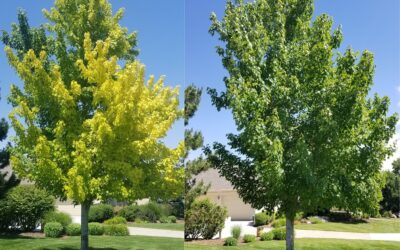Its geographic diversity is one of Colorado’s main attractions. Our high plains, mountain valleys, alpine tundra, and high western plateaus offer a mind-boggling variety of roughly 60 different ecosystems. And with that variety comes a range of climates that dictate the plants and animals that will thrive in them.
Here’s a look at the big picture, Colorado-wise.
First Things First: What is an Ecosystem?
An ecosystem is a contiguous geographic area that shares biological and geographic characteristics that exist over an extended period of time. Those include geologic features, weather and precipitation, vegetation, and animal populations. They can range from a few acres to thousands of square miles and are classified based on criteria that differ from group to group, depending on the group’s focus. For instance, the Denver Museum of Natural History lists eight broad classifications based on vegetation while the National Vegetation Classification system recognizes over 500.
Looking at the Big Picture
The Nature Conservancy has identified six regional ecological landscapes that include Colorado. They include:
- The Central Shortgrass Prairie
This includes all of the state east of the foothills and is part of the Western Great Plains that extend from above the Canadian border to west central Texas - The Southern Rocky Mountains
This is the high country from border to border along the Continental Divide from the eastern foothills to near Colorado’s western border - The Colorado Plateau
West of the Rockies and south of I-70, this region extends southwest into the neighboring states of Utah, New Mexico, and Arizona and is part of the Intermountain Basins between the Rockies and the Pacific coast ranges - The Utah High Plateau
The Utah High Plateau sits north of the Colorado Plateau, roughly between Grand Junction and Rangely and extends in a narrow band westward into Utah - The Wyoming Basins
Most of the extreme northwestern corner of the state is in this region, which extends north and west into Wyoming and Utah - The Utah-Wyoming Rocky Mountains
This is the high country around Dinosaur National Monument that juts narrowly into the surrounding area of the Wyoming Basins. It’s the part of the Rockies that turns northwest into Idaho and Montana
Each of these areas can be further subdivided into more specific ecosystems based primarily on elevation and sub-climates.
Practically Speaking
Each of these regions has plants and animals suited to them. Some hardier plants can prosper across a number of regions while other vegetation can’t tolerate the extremes of temperature, precipitation, and elevation from one area to another.
When planning a landscaping project in any of the six regional areas, local nurseries, garden centers, and agricultural offices are your best resources for proper plant selection. There are several resources available online, too. Good places to start include the Colorado State University Extension website and your local county offices.
Ready to Plant?
Properly chosen and maintained trees are an important investment that can add considerable value to both residential and commercial property. Donovan Arborists has tips for planting trees yourself in our Treeology blog. And if you need a helping hand, Donovan Arborists offers complete tree planting, transplanting, trimming and removal services. Call today for a free estimate!



